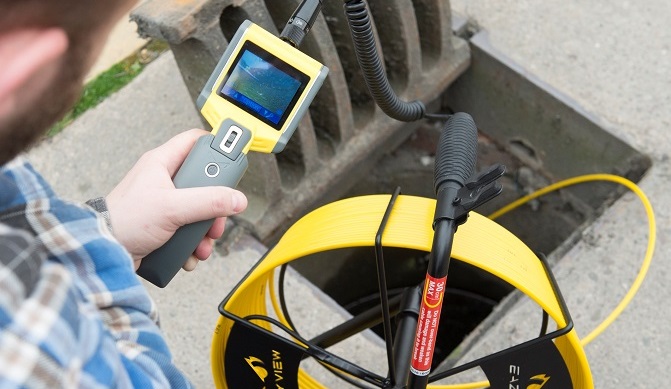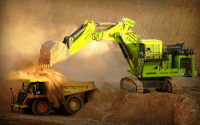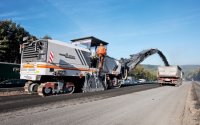The Features that Make the Ideal Plumbing Camera
Drainage cameras are extremely useful tools that can be used in various different industries, such as maintenance, plumbing, and construction. Due to the fact that they’re relatively small and flexible, you can use them to see in small spaces. For example, behind walls – where a measurement or a test tool is not suitable to do the job, or inside pipes – where you typically wouldn’t be able to see without some more expensive tool that utilises sophisticated technology.
A drainage or a plumbing camera is as small as a cable and you can maneuver it through tight holes and use it to see what’s happening inside that hole in real time through a display. A plumbing camera can have a wide array of features, depending on the type and model. The three basic types of drainage cameras are standard cameras, compact camera systems and hand-held models. But regardless of which type you end up choosing, there are several features to consider.

Camera Size
Arguably the most important decision you’ll need to make regarding drainage cameras is their camera size. For sewing and plumbing inspection, smaller hand-held models are usually best. The diameter and length of the camera matter equally. Generally, most cameras have a diameter of about an inch, even though the size may vary between different models. Self-leveling cameras display an upright picture all the time, eliminating the need for rotating them.
Display
The resolution and the screen size of the display can both make or break a camera in terms of creating a clear picture. If you have a small display and a high-resolution camera, you won’t be able to see things with good clarity. Conversely, if you have a big display but a small-resolution camera, you’ll have a hard time distinguishing things from one another. The ideal compromise is finding a display that’s slightly larger with a high-resolution picture than you’d normally need.

Portability and Comfort
If portability is an important factor for you (which it should), then you want a camera that can easily be transported to any job site. Size and weight are the two main factors that affect the portability of a drainage camera. Moreover, the camera should also be comfortable to use, even if it’s for longer time periods in order to eliminate operator fatigue.
Memory
Not every camera has a built-in memory, so if you intend on storing pictures and video for future use, consider getting one with a built-in memory card. Alternatively, get a camera that has an SD card slot, as it lets you easily transfer files to a laptop or computer.



